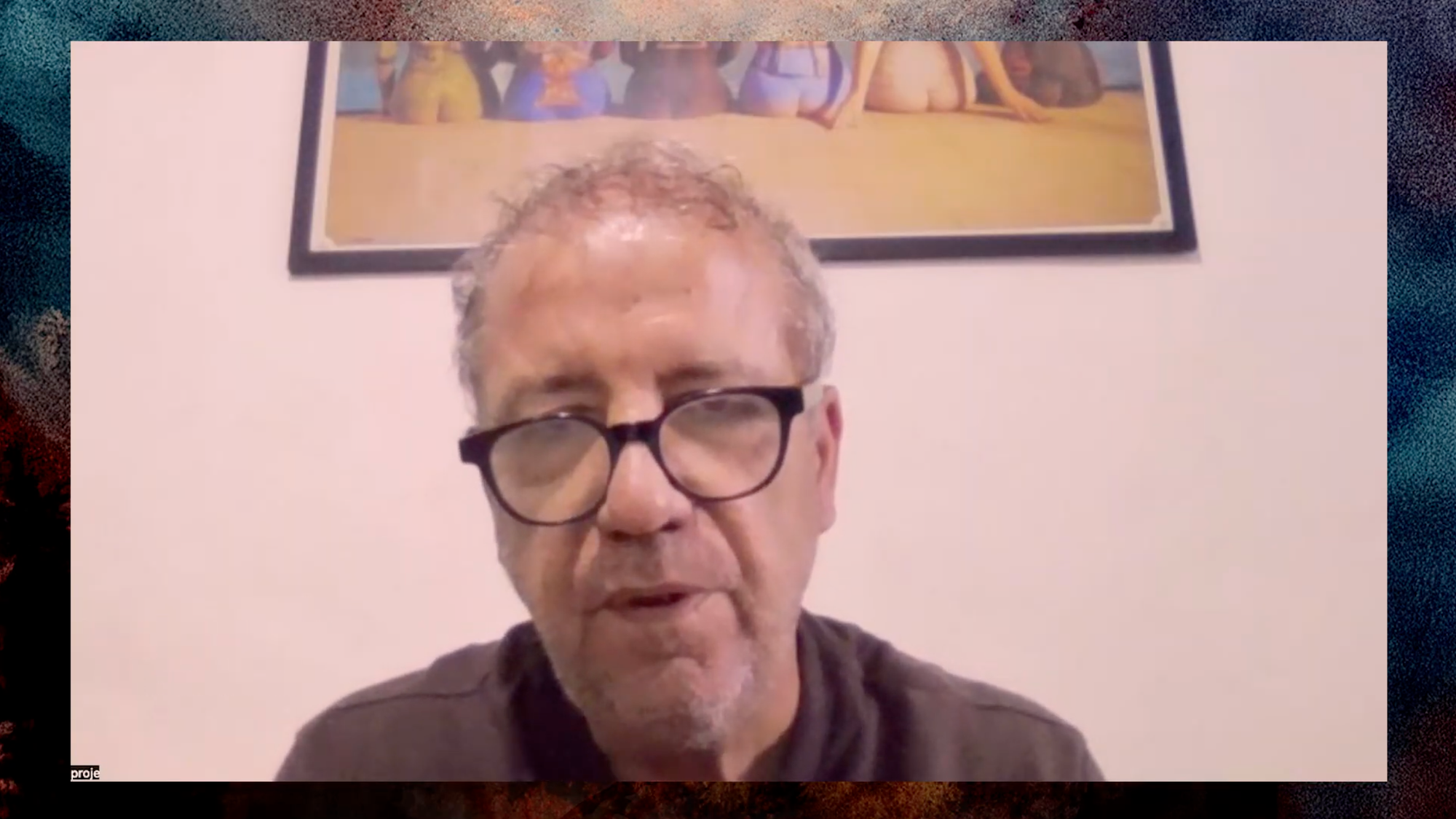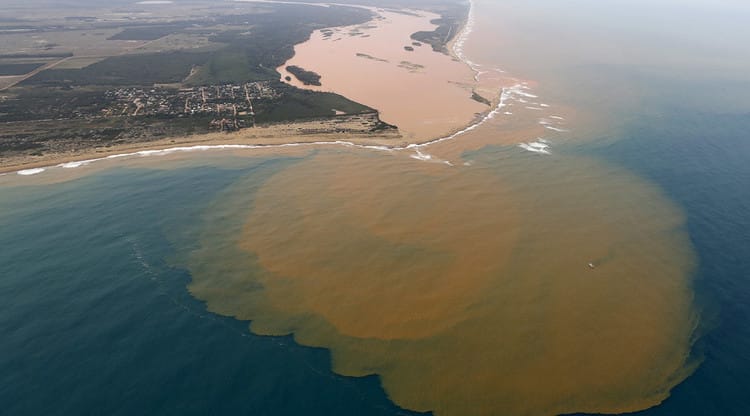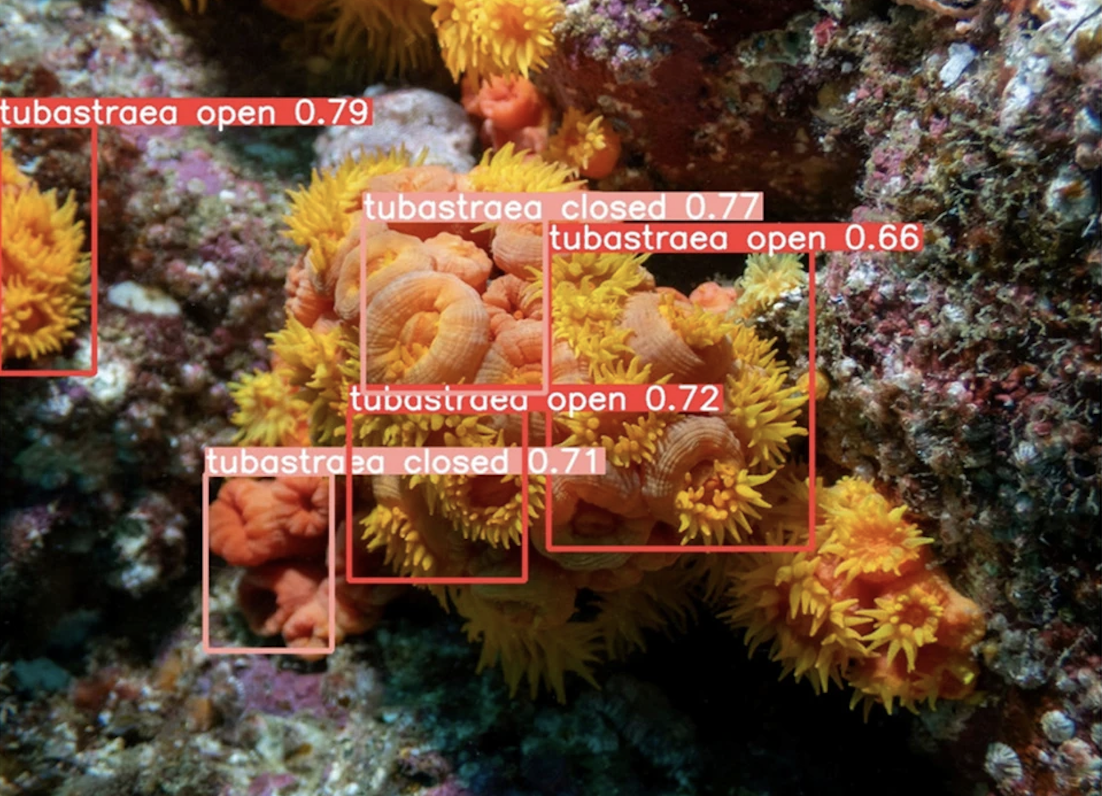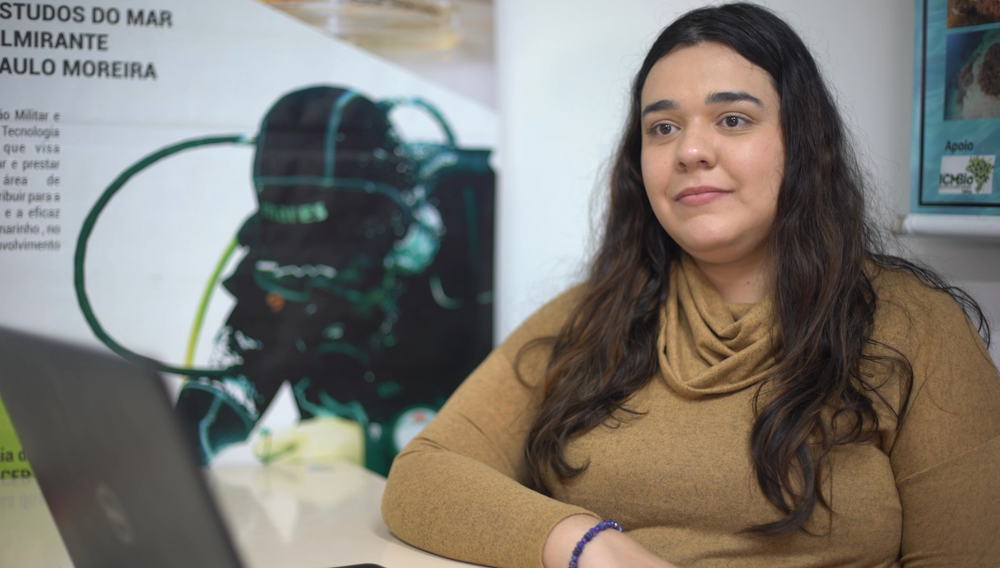Researcher suggests strategic monitoring of sun coral instead of indiscriminate removal
Removing sun coral during reproductive periods can have the opposite effect to that desired, since the species is capable of vegetative reproduction and generating new individuals from fragments of itself

The essential points from the interview
Professor Ricardo Coutinho* explained, in an interview with Correio Sabiá, that removing sun coral—a species invasive to the Brazilian coast—requires caution and that, depending on the time of year, removal efforts may have the opposite effect of what is intended.
“Something quite interesting happened. There is a national program for sun coral removal. There are several discussions about whether it’s good or bad to remove or keep it. In our case, here in Arraial do Cabo, we’ve been monitoring the sun coral for a long time and haven’t observed a population increase that would require any [human] intervention. That’s why we recommended that it not be removed,” he began explaining.
“This [removal effort] took place in several parts of Brazil, but here, in particular, we argued that the sun coral shouldn’t be removed because the [removal attempt] could even cause a population increase. When you remove it, no matter how careful you are, you may release small body fragments, and it can grow again vegetatively,” he added.
In other words, the ability to grow vegetatively and generate new individuals from fragments makes the sun coral an extremely adaptable species with complex management challenges.
“It can grow back. In the same place [such as on a rocky shore], it leaves a sort of mark, and larvae then colonize that area. So, depending on the time of year and how removal is done, instead of reducing the population, you might end up increasing it,” he said.
According to Coutinho, this characteristic becomes clear when comparing different sites along the Brazilian coast to the municipality of Angra dos Reis, which currently has the highest concentration of sun coral in the country.
“[Angra] is the place that’s seen the greatest [human] intervention on the Brazilian coast. Many researchers, myself included, believe that this [greater presence of sun coral in this specific location] is due to uncontrolled human intervention,” said Coutinho.
In other words, according to the researcher:
“For example, if you remove the sun coral during a period when it’s not reproductive, you reduce any threat of releasing reproductive structures into the water that could allow it to grow again. But if you do that in the reproductive season, you might actually boost the populations. That’s one of our main concerns when managing these populations.”
Coutinho said that “sun coral is a species with very aggressive characteristics in many aspects” and has “a relatively fast reproductive cycle, grows significantly, and produces substances that can affect other organisms.” However, in Arraial do Cabo, where it occupies about 5% of the submerged area, the population has remained stable for years. Because of this, it’s difficult to measure the real impact the species causes locally.
“The impact itself, since it’s stable, is actually hard to define,” the researcher stated.
The cold water temperature in Arraial do Cabo serves as a natural barrier to the expansion of sun coral, which cannot survive in temperatures below 12°C.
“Here in Arraial do Cabo, we have a natural barrier due to the temperature,” the professor said.
However, climate change could alter this scenario. With rising average ocean temperatures, the sun coral may expand its geographic range.
“This is something expected under climate change scenarios involving temperature increases, with [sun coral] species expanding their distribution,” he warned.
The researcher drew attention to other potentially more dangerous invasive species, such as the green mussel, first detected in Brazil in 2018. According to Coutinho, Brazil is the country that has studied sun coral the most in the world, but it cannot neglect other threats.
“This mussel may be a much greater threat than the sun coral, considering how quickly it’s spreading,” he stated.
Looking to the future, the researcher advocated for monitoring as the primary strategy, including the use of technologies such as artificial intelligence and environmental DNA analysis.
“What’s understood globally today as the best strategy to prevent the establishment of invasive species is early detection,” he said.
Watch the full interview with Professor Ricardo Coutinho about the sun coral
The full interview about sun coral with Professor Ricardo Coutinho is available on the Correio Sabiá YouTube channel.
Support from Earth Journalism Network
The series “Sun coral, an invasive species on the Brazilian coast” is a production by Correio Sabiá and Ocean with support from the Earth Journalism Network.
The founder of Correio Sabiá and Ocean, journalist Maurício Ferro, was one of 16 selected in a global call by the Earth Journalism Network, being the only Brazilian among the group.
As a result, readers gain access to information about this invasive species in bilingual versions (Portuguese and English). There is also an audiovisual production to be published on the Correio Sabiá YouTube channel.
Autor

Jornalista e empreendedor. Criador/CEO do Correio Sabiá. Emerging Media Leader (2020) pelo ICFJ. Cobriu a Presidência da República.
Inscreva-se nas newsletters do Correio Sabiá.
Mantenha-se atualizado com nossa coleção selecionada das principais matérias.



